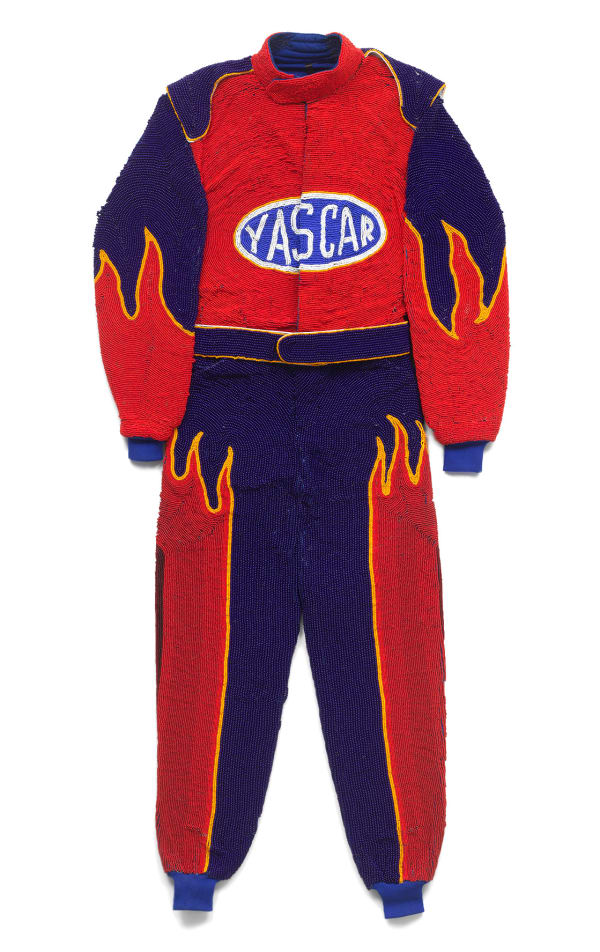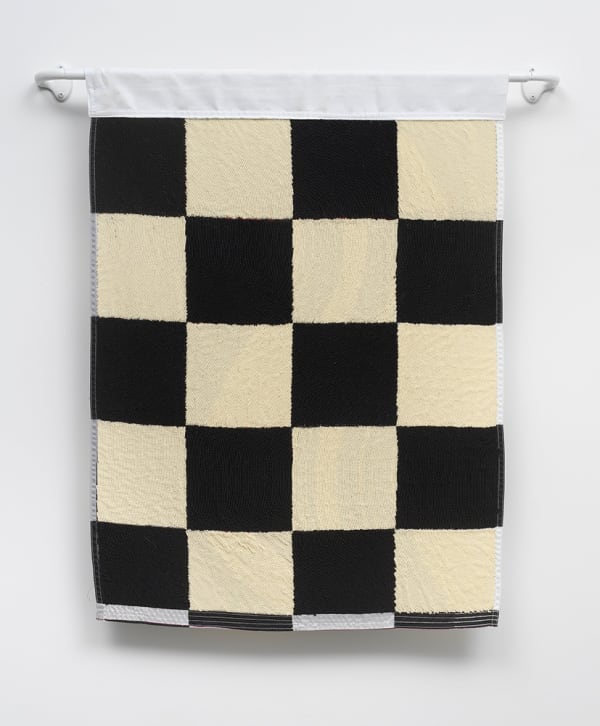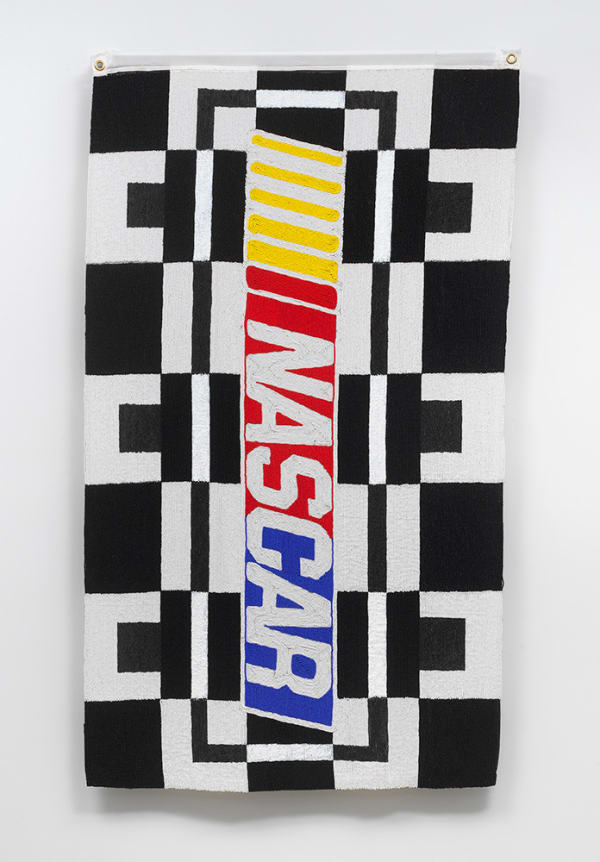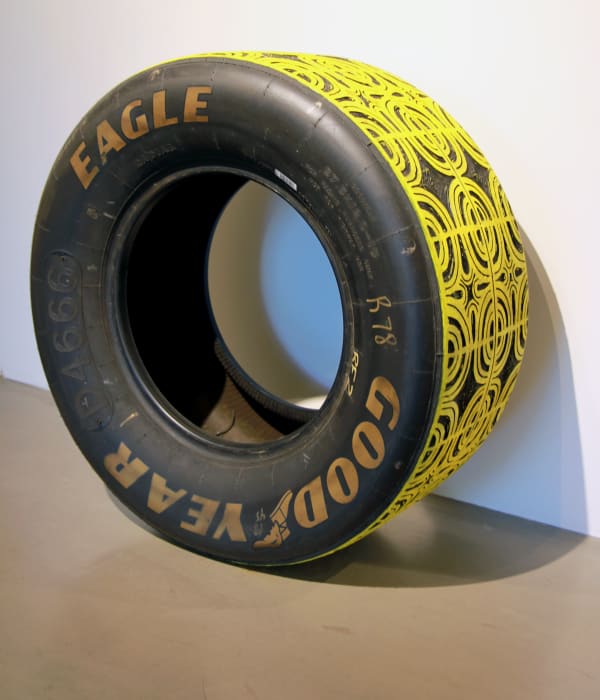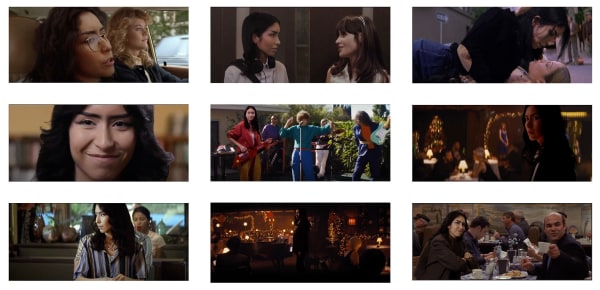-
 Bimbo, 2022
Bimbo, 2022 -
 I Wake Up In the Morning and Piss Excellence, 2022
I Wake Up In the Morning and Piss Excellence, 2022 -
 But If You Won, How Am I Gunna Win?, 2022
But If You Won, How Am I Gunna Win?, 2022 -
 NASCAR Nation, 2022
NASCAR Nation, 2022 -
 You're Either With Me, Or Against Me, 2022
You're Either With Me, Or Against Me, 2022 -
 Baseline, 2021
Baseline, 2021 -
 Rainbow Warrior, 2022
Rainbow Warrior, 2022 -
 Second Place is the First Loser, 2021
Second Place is the First Loser, 2021 -
 Synchronized Driving No. 1, 2022
Synchronized Driving No. 1, 2022 -
 Hey Sam, 2019-2022
Hey Sam, 2019-2022 -
 The Meet Cute, 2021
The Meet Cute, 2021

